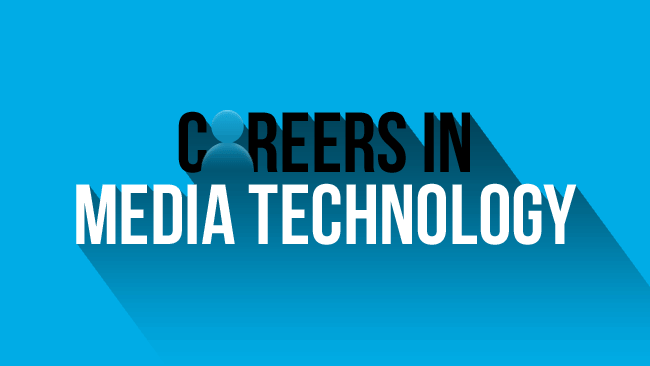Photo by Hal Gatewood / Unsplash
With so many trends influencing a saturated market, coming up with the next top-rated app or tech gadget is a constant challenge for product designers. After going through numerous concepts, it’s not always easy to discern when you’ve reached your product’s final iteration. So how do you know when it’s time to present your product to the world?
A good place to start is by examining user experience, according to Jeannie Yang, who served as Chief Product and Design Officer of mobile app developer Smule. Below are some of the steps product designers should take to intelligently iterate and launch a finished product, based on Yang’s experience working on Smule’s Sing! Karaoke app.
Identify what risks are worth pursuing
The idea of embracing risk is something many professionals are uncomfortable with, but doing so is encouraged in the concepting stage. Innovation is achieved by the pursuit of bold ideas, so you don’t want to limit yourself to your comfort zone when you’re trying to think of product designs.
Be calculated and picky about which risks you want to take. “One of the things as a product designer that you have to do is, really how you distill it down and find that one thing that you’re going to take a chance on, take a risk on, and then build from it”, Yang advises. As you go along, you can make intuitive decisions about the direction to take your product in.
Collaborate and get feedback
Designers seldom work alone to take a product to completion, so seek out people to collaborate with and ask for input. Whether it’s collaborating with other designers or asking people on the street, make sure you’re in constant communication with others and not confining yourself in a room.
To get an accurate sense of how your product will perform in the market, you need to find users willing to give honest critical feedback. Make sure you begin collecting feedback early, so by the time you’re ready to present your product you’ve gone through multiple levels of user testing with various groups.
You don’t need to have a finished tech prototype to provide your test group; early prototypes can be as simple as a drawing. Use these tools at different stages during your user testing process:
- Paper prototype: Sketch layout of your product design and its different parts. For example, if you’re designing a software interface you can draw box diagrams that shows the progression and flow of a home screen design.
- Surveys: Have users take surveys even during the conceptualizing stage. Avoid pointed questions, like asking users what specifically needs to be built.
When you’re catering to multiple types of users, it can be overwhelming to implement their feedback into your design. Since you’re building around multiple perspectives, you need to be aware of how you conduct your testing and apply the results.

Though you should consider the ways in which appealing to one kind of user affects a different one, you don’t need to include every suggested feature. “There has to be a holistic experience that you’re doing”, says Yang.
Taking your prototype to fruition can be a long and grueling process, but you’ll better your chances of a successful product if you invest your energy and focus in the right areas. Trust your instincts and you’ll be on your way to launching an exciting product that just might be the next big hit in the industry.
This content come from the course Careers in Media Technology offered by Stanford University. For more tips and information about user experience (UX) and product design, enroll for free below:
Careers in Media Technology
Stanford University
